SLVSBC6C March 2013 – December 2019 TPS84A20
PRODUCTION DATA.
- 1 Features
- 2 Applications
- 3 Description
- 4 Revision History
- 5 Ordering Information
- 6 Specifications
- 7 Device Information
- 8 Typical Characteristics (PVIN = VIN = 12 V)
- 9 Typical Characteristics (PVIN = VIN = 5 V)
- 10Typical Characteristics (PVIN = 3.3 V, VIN = 5 V)
-
11Application Information
- 11.1 Adjusting the Output Voltage
- 11.2 Capacitor Recommendations for the TPS84A20 Power Supply
- 11.3 Transient Response
- 11.4 Transient Waveforms
- 11.5 Application Schematics
- 11.6 VIN and PVIN Input Voltage
- 11.7 3.3 V PVIN Operation
- 11.8 Power Good (PWRGD)
- 11.9 Light Load Efficiency (LLE)
- 11.10 SYNC_OUT
- 11.11 Parallel Operation
- 11.12 Power-Up Characteristics
- 11.13 Pre-Biased Start-Up
- 11.14 Remote Sense
- 11.15 Thermal Shutdown
- 11.16 Output On/Off Inhibit (INH)
- 11.17 Slow Start (SS/TR)
- 11.18 Overcurrent Protection
- 11.19 Synchronization (CLK)
- 11.20 Sequencing (SS/TR)
- 11.21 Programmable Undervoltage Lockout (UVLO)
- 11.22 Layout Considerations
- 11.23 EMI
- 12Device and Documentation Support
- 13Mechanical, Packaging, and Orderable Information
Package Options
Refer to the PDF data sheet for device specific package drawings
Mechanical Data (Package|Pins)
- RVQ|42
Thermal pad, mechanical data (Package|Pins)
Orderable Information
8 Typical Characteristics (PVIN = VIN = 12 V)
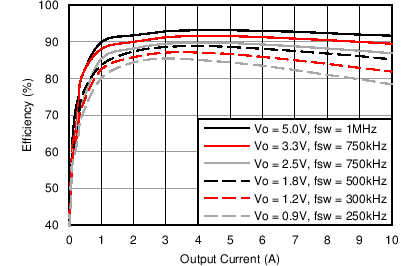 Figure 1. Efficiency versus Output Current
Figure 1. Efficiency versus Output Current 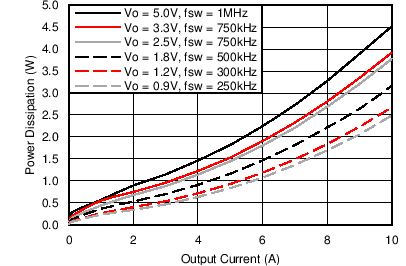 Figure 3. Power Dissipation versus Output Current
Figure 3. Power Dissipation versus Output Current 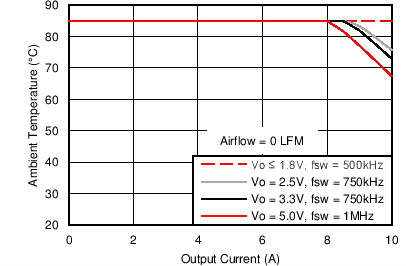 Figure 5. Safe Operating Area
Figure 5. Safe Operating Area 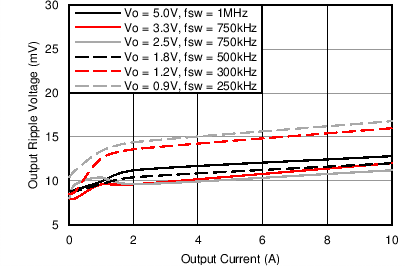 Figure 2. Voltage Ripple versus Output Current
Figure 2. Voltage Ripple versus Output Current 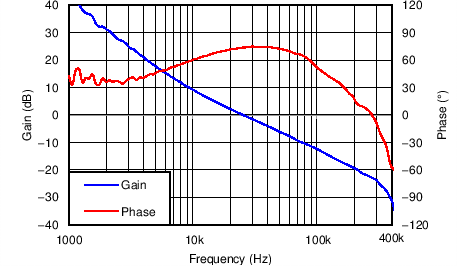 Figure 4. VOUT = 1.8 V, IOUT = 10 A, COUT1 = 200 µF Ceramic, fSW = 500 kHz
Figure 4. VOUT = 1.8 V, IOUT = 10 A, COUT1 = 200 µF Ceramic, fSW = 500 kHz 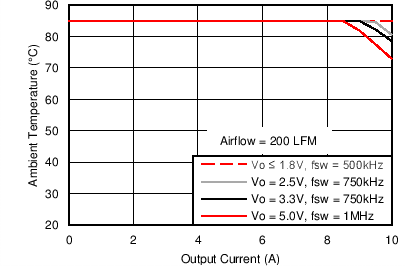 Figure 6. Safe Operating Area
Figure 6. Safe Operating Area